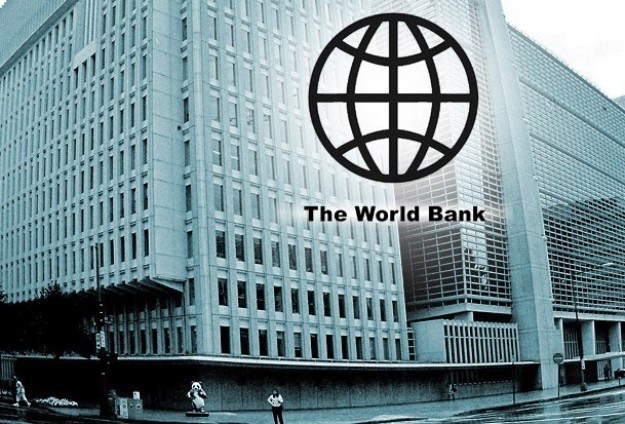With a portfolio of $8.67bn, the World Bank is the country’s single largest creditor as the bank holds 34.32 per cent of the nation’s $25.27bn external debt commitment.
Recall that following concerns raised by some experts over Nigeria rising debt stock, Minister of Finance, Zainab Ahmed told newsmen on the side-line of the just concluded IMF/World Bank meetings, which took place in Washington DC that while the federal government borrows to deliver on its promises, it was also mindful of rising debt burden, which eats up about 25 per cent of the country’s annual earnings.
According to findings, loans from the International Development Association, one of the three arms of the World Bank, make up $8.55bn of the portfolio, while loans from the International Bank for Reconstruction and Development, another arm of the Breton Woods institution, make up $124.18m of the portfolio.
Statistics obtained from the Debt Management Office showed that the bank’s portfolio in Nigeria rose from $6.67bn as of December 31, 2016, to $8.67bn as of December 31, 2018.
This means that the World Bank portfolio in the country rose by $2bn within a period of two years. This shows an increase of 29.98 per cent within the two-year period under review.
Euro bonds, loans from World Bank Group, China and Africa Development Bank Group make up over 80 per cent of the country’s debt stock. Ahmed insisted that in spite of warnings by the IMF and World Bank, the country was not in any way near a debt crisis. “The World Bank and IMF are cautioning us on the rate at which we are borrowing.
“They are also cautioning us on the need to build fiscal buffers because the global economy is going to be facing some risks and we agree with that. “We are very mindful of the level of our borrowings. Our borrowing is very much within fiscal limits right now.
“What we are doing is to increase our revenue generating capacity to make it easier for us to meet our debt obligations and our routine as well as capital expenditure,’’ she said.
Although some experts may see the 29.98 per cent growth in bank’s portfolio in Nigeria within a period of two years as high, there was actually more growth in the country’s commitment to Eurobonds within the same period.
In 2016, the nation’s Eurobonds loans stood at $1.5bn. However, by December 2018, the Eurobonds portfolio had reached $10.87bn. This shows that within the period, the country’s Eurobonds debt rose by $9.37bn or 624.67 per cent.
Drying concessional sources of external borrowing had driven the nation to commercial loans which included Eurobonds and Diaspora Bonds issued to Nigerians abroad.
The country also had to take commercial loans from abroad in a bid to retire some domestic debts that were considered to come with very high interest rates.
Speaking at a recent press briefing, the Director-General of DMO, Patience Oniha, said the government had borrowed to fund projects, to finance the budget deficit and to refinance maturing obligations.
Particularly, she said, some foreign debts were used to refinance treasury bills because of the short tenor of the bills, adding that borrowing from abroad had also helped to stabilise the local currency in the last two years.
Oniha said that borrowing for 2019 would be 50-50 split between domestic and external in striving to be consistent with the Debt Management Strategy 2013-2019 aimed at achieving a 60:40 ratio between domestic debt and external debt.

 Business1 week ago
Business1 week ago
 Business1 week ago
Business1 week ago
 Latest3 days ago
Latest3 days ago
 Business1 week ago
Business1 week ago
 Business1 week ago
Business1 week ago
 Business1 week ago
Business1 week ago
 Politics1 week ago
Politics1 week ago
 Latest4 days ago
Latest4 days ago

